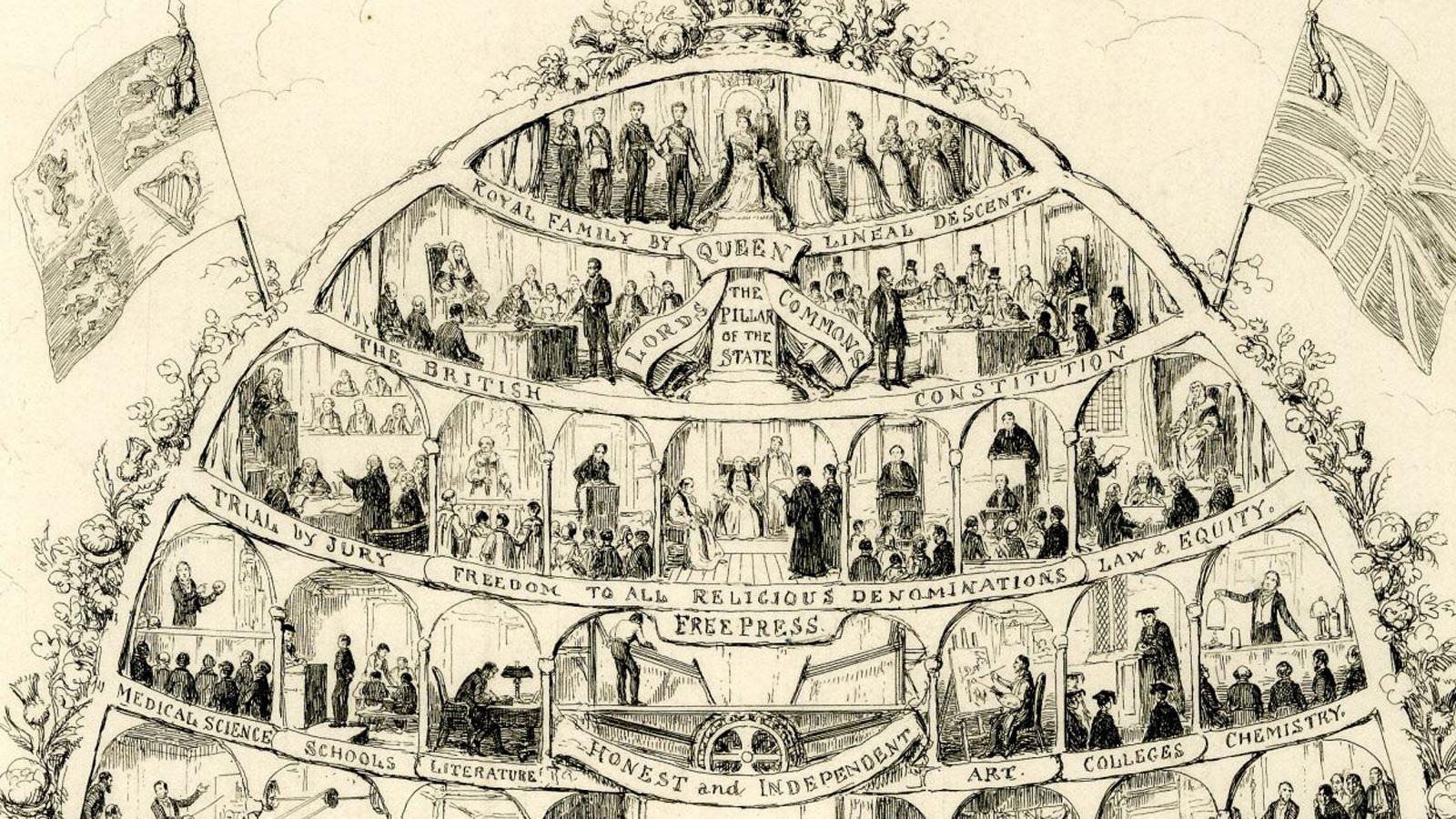
2 minute read
The Class System of the 18 th
In 18th Dynasty Ancient Egypt, prevalently under the rule of King Tutankhamun, the social structure massively influenced the way of life as well as the standard of living. The best way to understand the layers of society is to imagine the population of ancient Egypt arranged into a social pyramid. The pyramid base is supported by slaves, servants, the serfs and tenant farmers working the estates owned by those above them. Next come the skilled and semi-skilled artisans; the soldiers, sailors and those employed on the great state projects (the building sites, tombs and temples). Above them are the educated professional classes, including scribes, accountants and doctors.
Finally come those of nobility; the elite who control much of Egypt’s wealth. The royal family remain exclusive and aloof at the top of the pyramid, while the king, or pharaoh – the only mortal who is deemed able to communicate effectively with the state gods – is superior to everyone. If you were unlucky enough to be at the base of the pyramid, your survival depended on the Nile flooding and thus your crops succeeding. Whilst some lucky slaves were entitled to live within households of their masters, many of those who lived this kind of poverty-stricken lifestyle died young, due to poor quality of life. The next tier of Ancient Egyptians were somewhat educated and thus were able to provide valued services to society. They often worked with the rich, in order to better their fortunes and to provide the upper-class with luxuries the poor could not afford.
Advertisement
The upper-class were the next in the social pyramid and they controlled virtually all of the money within Egypt at the time and lived lives of pure opulence. They rarely had to work and they would often live in vast city homes adorned with gold, complete with a servants quarters. Families from this section of society occasionally had a say in government due to their economic power, but for the most part that sacred role was reserved for the Pharaoh. At the peak of the pyramid was the Royal Family, who were regarded as a religious personification on earth. They were the supreme rulers who governed Northern and Southern Egypt and were worshipped by all. Due to their unique connection with the Gods, they lived a blissful life of wealth and holiness. The Pharaoh was the head of the religion in Ancient Egypt and anything done against them was thought as a kind of blasphemy. Therefore, they lie at the tip of the pyramid, revered by all below them; making them the single most powerful figure in Ancient Egyptian society

Sareena Austin, L6 th
, Hg


